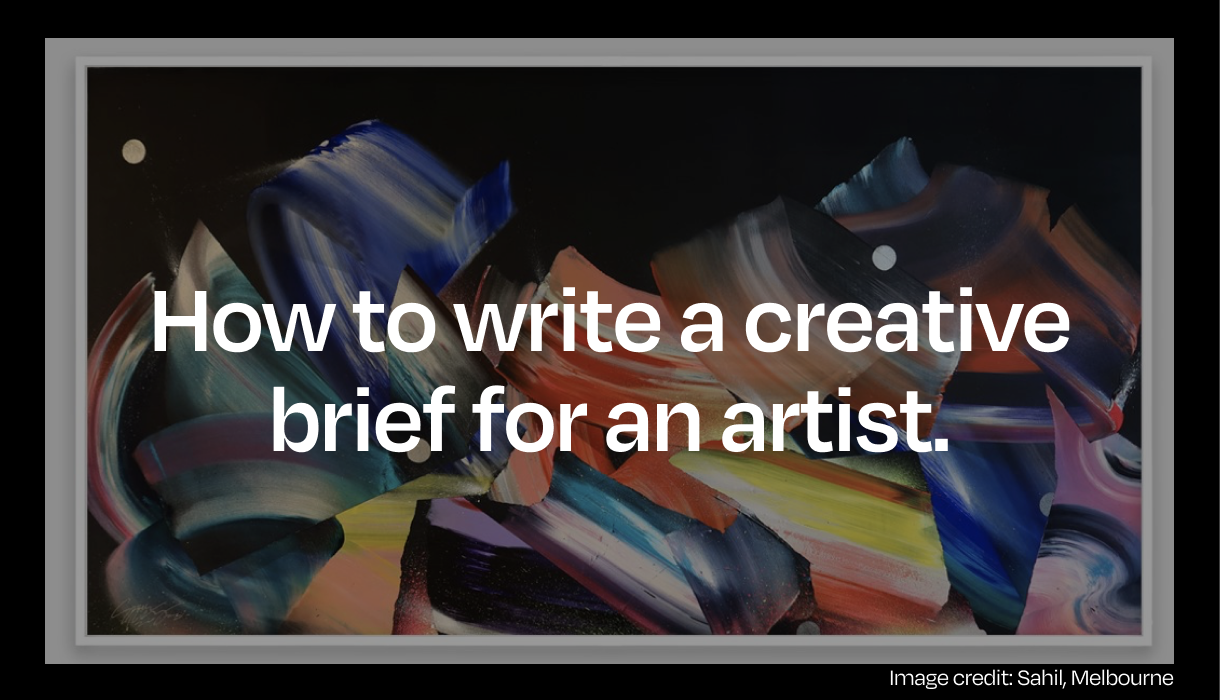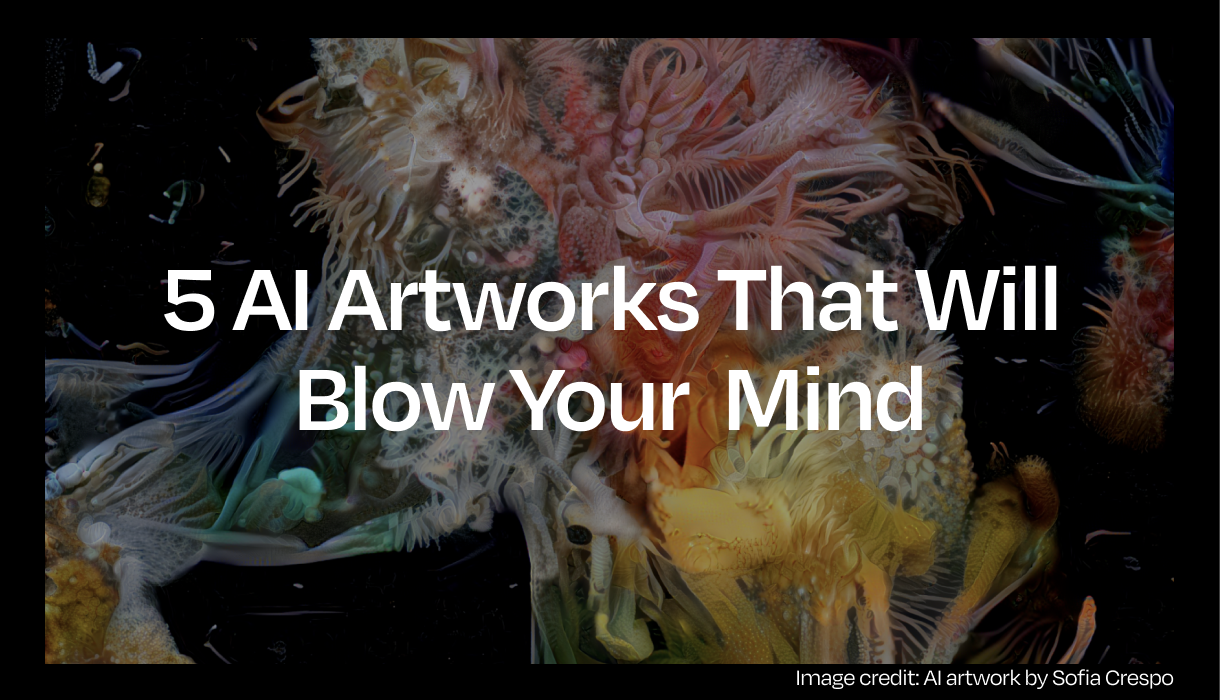
AI Artwork That Will Blow Your Mind!
What is AI artwork?
AI artwork refers to the creation of artistic works, such as visual art, music, literature, and more, using artificial intelligence (AI) technologies. AI has demonstrated the ability to generate creative and aesthetically pleasing content, blurring the lines between human-generated and AI-generated art.
AI art raises questions about creativity, authorship, and the nature of art itself. Some people view AI as a tool that extends human creativity, while others see it as a challenge to the uniqueness of human creativity and expression. AI-generated art has gained attention in both artistic and technological communities, with exhibitions, contests, and discussions about its impact on culture and society.
1. Théâtre D’opéra Spatial by Jason M. Allen

Jason M. Allen used an AI program called Midjourney to create an artwork titled “Théâtre D’opéra Spatial.” His AI-generated piece won the top prize in the Colorado State Fair’s emerging digital artists contest, sparking controversy among artists who accused him of cheating. Mr. Allen defended his work, clarifying that he submitted it honestly under and made it clear the artwork had been generated by AI.
After winning, Jason Allen shared a photo of his prize-winning artwork on Midjourney Discord, which then spread to Twitter, causing a heated debate. Critics lamented what they saw as the decline of true artistry, while others defended Allen, comparing AI use to digital image editing tools like Photoshop and highlighting that creativity in generating prompts remains a crucial part of the process.
2. Memories of Passersby I by Mario Klingemann
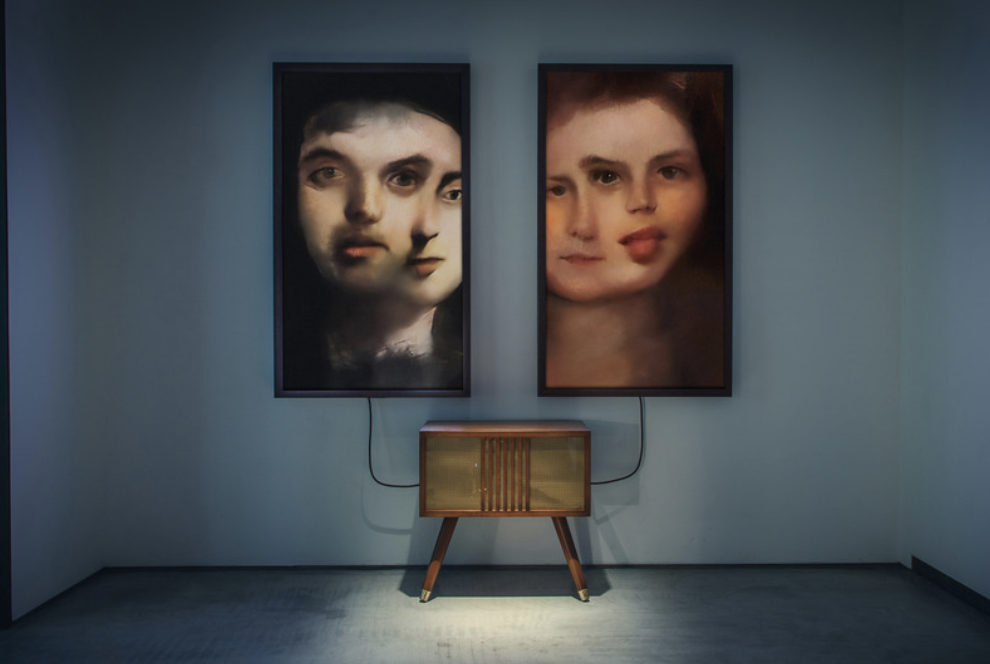
Mario Klingemann is a prominent figure in AI art. He’s known for his preference of using neural networks, code, and algorithms over other more traditional mediums. His piece “Memories of Passersby I” gained attention as one of the first AI artworks sold in a traditional auction, with its value lying in the code and system behind it, marking a significant moment in art market history.
Klingemann’s “Memories of Passersby I” uses neural networks to create real-time portraits. Housed within an antique-style cabinet, the art is the computer code, not the fleeting images it generates. This sets it apart from other AI art, usually consisting of static images. This historic piece is a milestone in AI art history, being among the first to auction in the traditional art market, with an estimated value of $50,000 at Sotheby’s.
3. Neural Zoo by Sofia Crespo
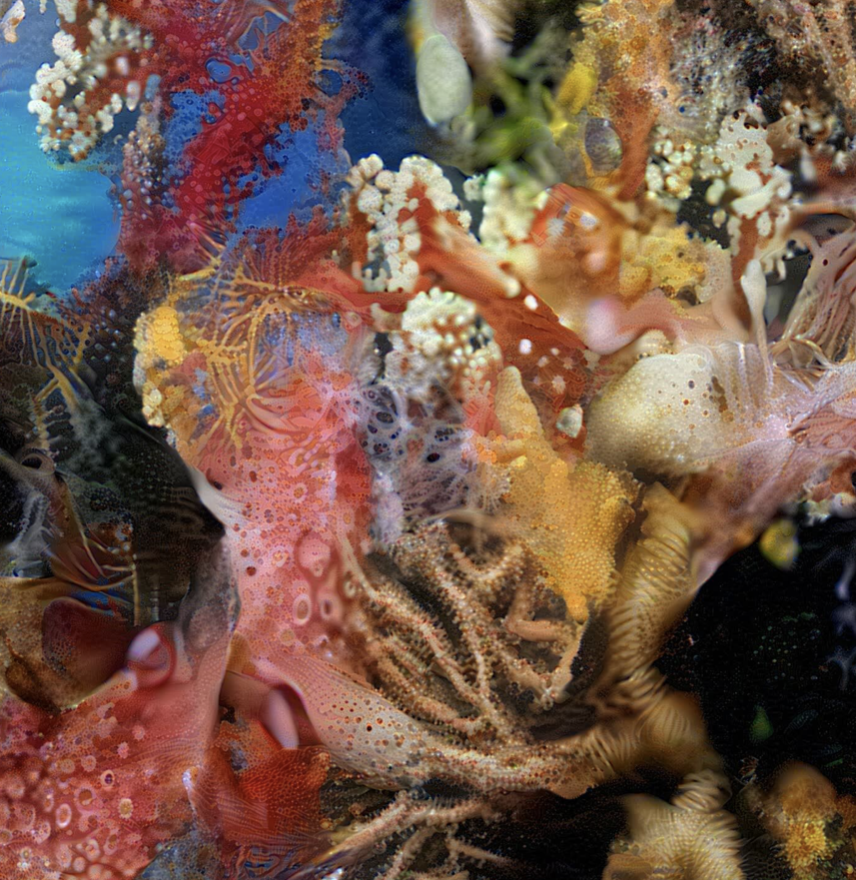
Sofia Crespo is an artist interested in the intersection of biological processes and machine learning. She is an artist who delves into the world of biology-inspired technologies. Her primary interest lies in understanding how organic life harnesses artificial mechanisms for self-simulation and evolution. She contends that technologies are inherently influenced by the organic life that conceived them, rather than being entirely distinct entities. Additionally, she’s intrigued by the evolving role of artists who engage with machine learning techniques and AI artwork.
Neural Zoo explores the mechanics of creativity, specifically the art of blending familiar components into entirely new creations. Our visual cortex identifies natural textures, yet the brain knows these elements don’t fit any known reality arrangement. This project investigates how computer vision and machine learning might serve as a link between our world and a hypothetical realm, accessible only through intensive parallel computation.
4. AI-Generated Nude Portrait #1 By Robbie Barrat
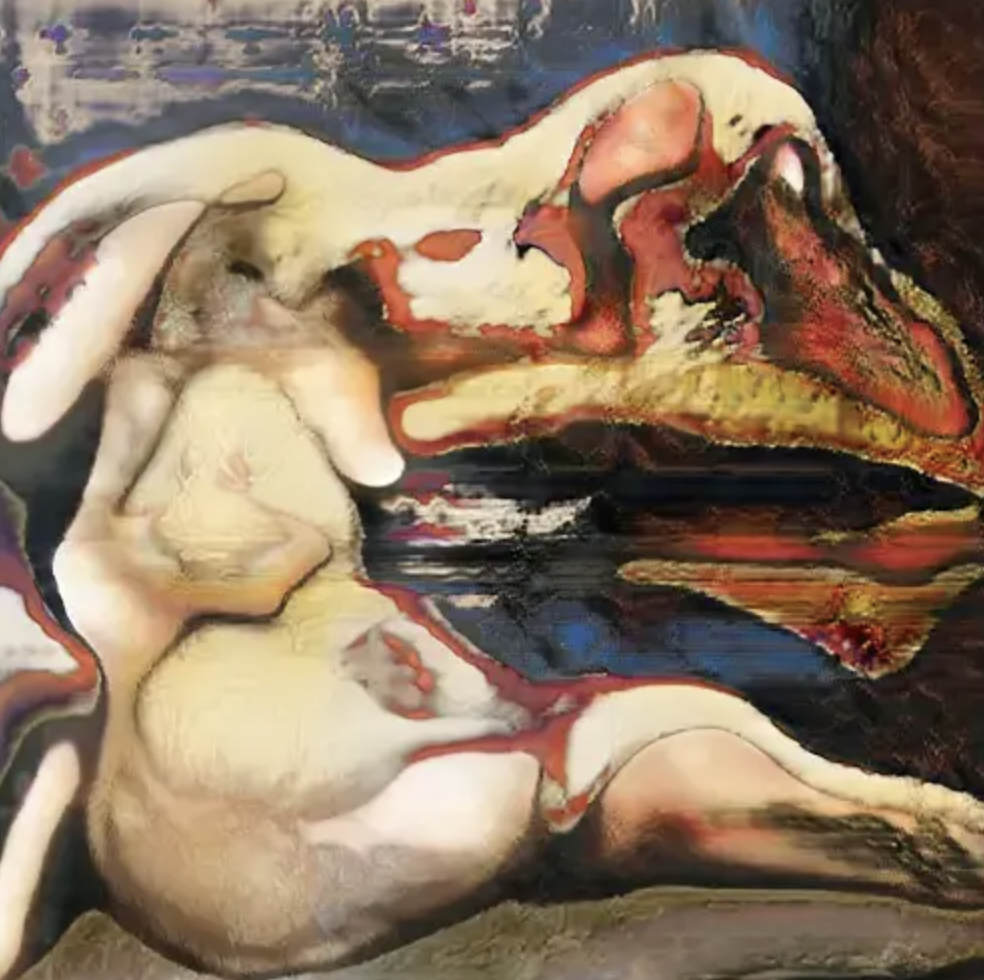
Robbie Barrat, a young AI researcher, used a neural network trained on a vast collection of nude portraits primarily sourced from WikiArt to generate nude portraits. However, the outcome wasn’t lifelike; instead, it yielded surreal, abstract representations of flesh. The AI missed capturing many key elements typical in nude art. Nonetheless, this experimental direction proved fascinating and financially rewarding, as the resulting portrait sold for $112,717 on SuperRare, a blockchain-driven digital art marketplace.
By employing Progressive Growing of GANs and utilizing a dataset primarily sourced from WikiArt consisting of thousands of nude portraits, a neural network underwent training to generate nude portraits. The resultant artworks do not resemble reality; the AI struggled to grasp the essential features of nude portraits and, instead, got stuck generating abstract, fleshy forms. This raises the question: is this how machines perceive people?
5. AI Spaceships By Anne Spalter
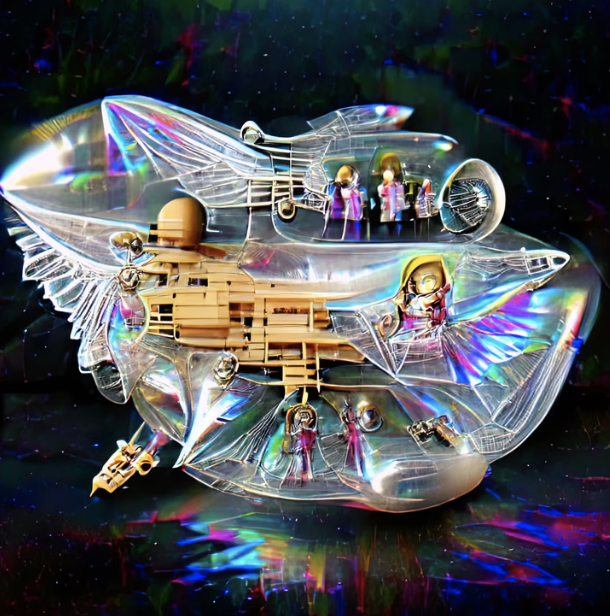
Anne Spalter’s collection of AI spaceships is truly captivating and transports you to another realm. She crafts these imaginative vessels using text prompts in the NightCafe AI-art generator tool.
Each piece is a testament to her remarkable attention to detail and boundless creativity. The ships span various styles, with some exuding a psychedelic and mystical aura, while others evoke a nostalgic steampunk aesthetic.
The story behind the series of AI artwork is: “In the distant future climate change has made Earth uninhabitable.
In desperation the remaining people on earth build a series of spaceships and try to depart the planet. Some fail at launch and go down in flames. Others warp to the past and engage with steampunk battleships, or warp to the future to face highly evolved deadly plants.
Research on the plants reveals a way forward: using the powerful psychedelic powers of plant extracts, the ships open neon hyperspace tunnels and travel to a distant earth future. Some land in the frozen north, some land in the tropical equator, and some land in the desert.
Seeing the spiritual purity of the new settlers, angels arrive and raise the humans to a new level of psychic oneness.”
Check out top-rated local artists near you!
Are you an artist ? Sign Up












